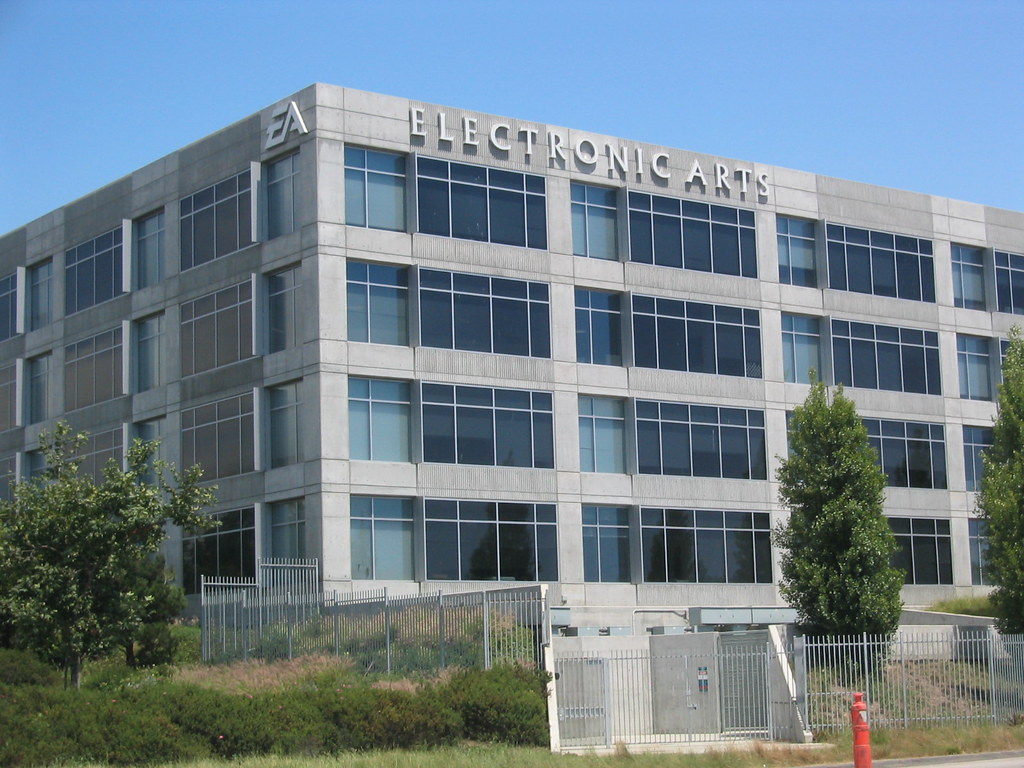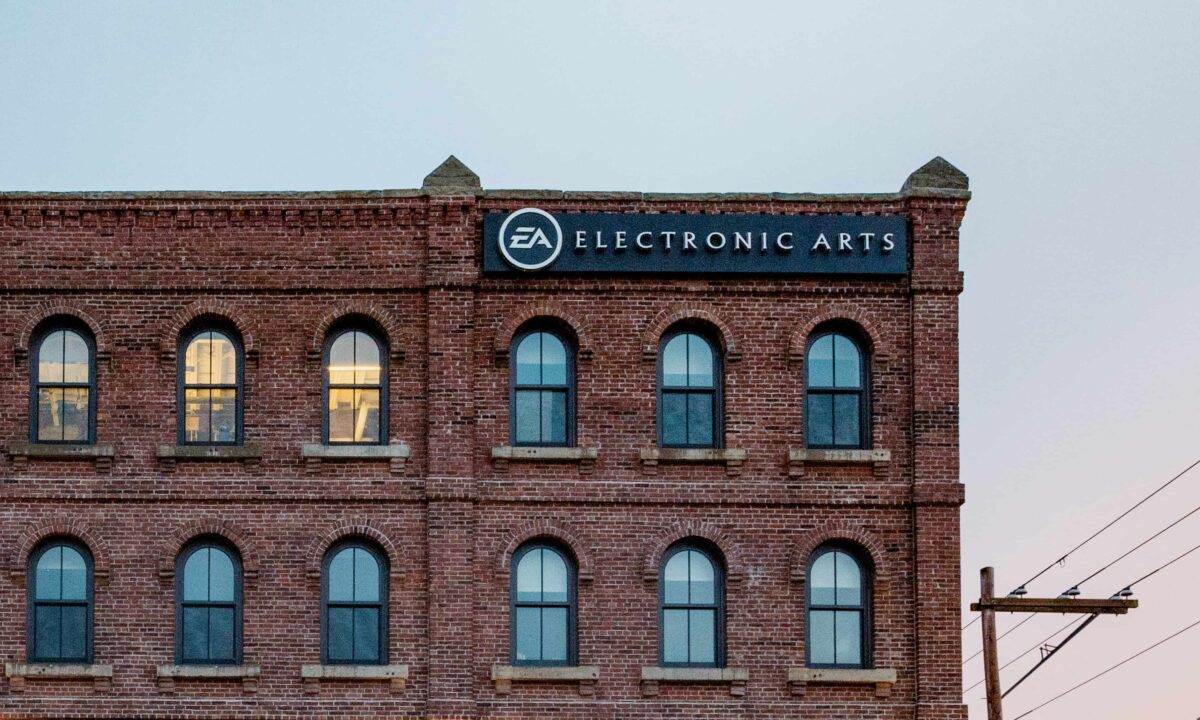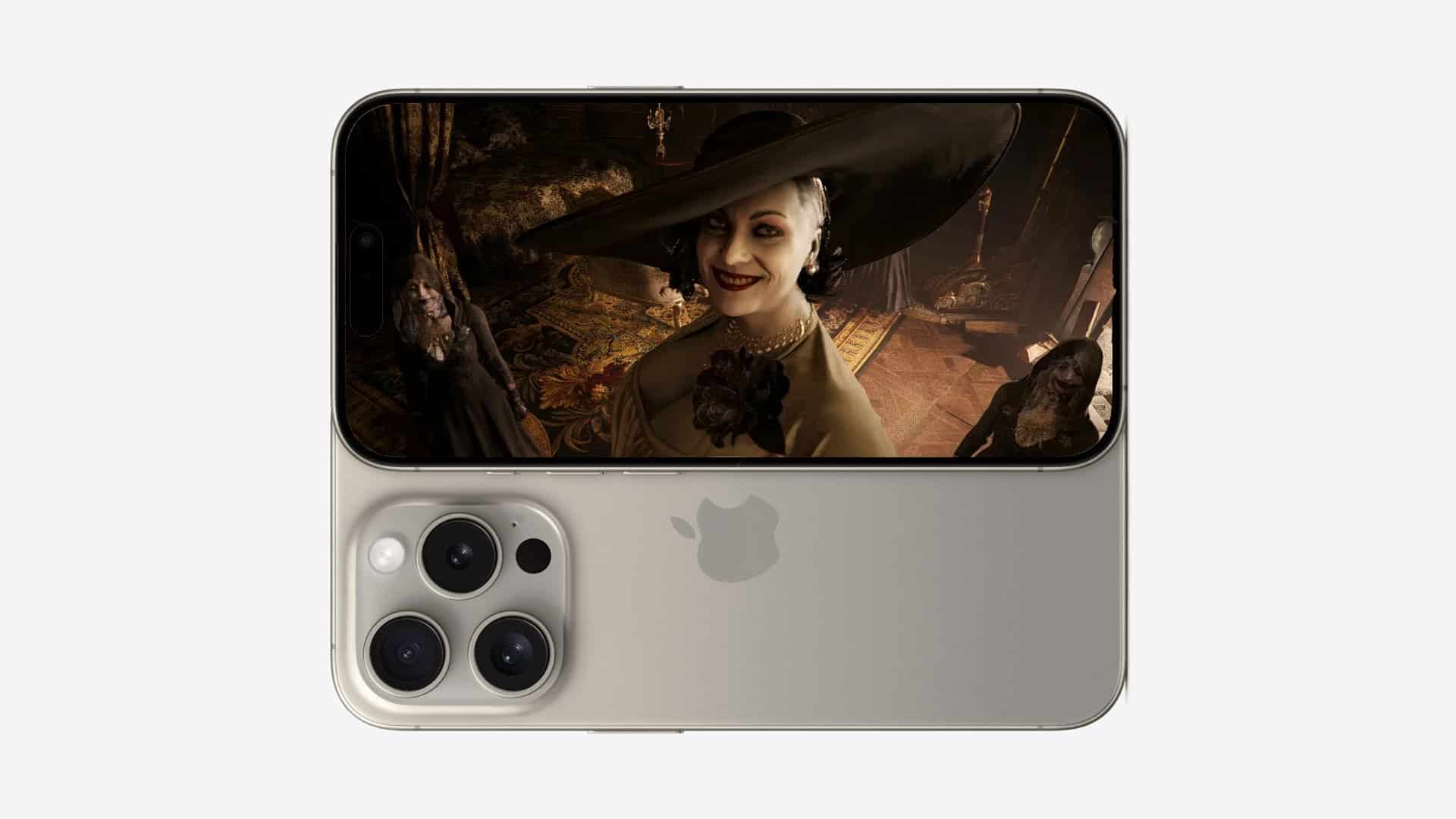Video game development wasn’t always the cutting edge profession it is today. It lived in the shadows, was a pastime of the so-called “dungeon dwellers” or “nerds” – the kids in school with dice in their backpacks and too many floppy disks to count.
It was the wild west of gaming, the frontier, the messy, experimental and incredibly unpolished first steps in game development. These guys weren’t suits, they were spotty, lanky and often insanely smart who had a passion for all things virtual. Game studios were scrappy, developers notoriously hungry, and maybe most importantly, creativity came before revenue.
Games weren’t about chasing shareholders as much as they were about chasing a certain feeling, which was a dedication few studios uphold in the year 2025. Fast forward a few decades and that underdog spirit has been scrubbed away, where now gaming isn’t the misfit medium anymore, when compared to books, music or even movies.
It is now a multi-billion dollar industry and a juggernaut of marketing budgets, monetization schemes and acquisitions that feel more like mergers on Wall Street than passion projects in someone’s crappy garage.
Gaming news has been awash with financial behemoths infiltrating the industry. Tencent, Embracer Group, Saudi Arabia’s Public Investment Fund or Jared Kushner’s financial empire – they all smelled blood in the water.

When Passion Became Product
As you can tell, gaming’s roots are wild, almost punk in spirit. Think of the guys who coded text adventures in their basements, or even the devs at id Software hammering away on DOOM like they were breaking out of prison. It was a time where games weren’t safe, not market tested, not polished into oblivion.
It was warts and all when you bought a game back then and the best indicator for the quality of a game was either an intriguing box art, or your friend in high school recommending the title. These games had jagged edges, personality and an ambition that far exceeded budgets – because most of these developers didn’t start off being in it for the money.
The industry has mostly traded that rebel streak for quarterly earnings calls and every creative decision goes across so many desks and gets filtered ad absurdum. Does it need more battle passes, cosmetics, or subscriptions? These questions took the place of game design, level design and sometimes a good narrative, although even that was in its infancy at this stage.
What used to be risky artistry, that nobody could imagine would ever pay off – which was a blessing in disguise, since it rewarded experimentation – has been streamlined into content strategy – not to create the best game possible, with the resources at hand, but to maximize profit, creating a good game is secondary in nature.
EA Buyout Signals Huge Industry Shift
As recent gaming news has shown, mega-buyouts are going to be, or already are, the new norm. Microsoft basically swallowed Activision. EA is in the pocket of Saudi money and Jared Kushner, and, let’s be real, Tencent buys shares in everything that moves. It’s worth noting, that these aren’t passionate gamers swooping in to nurture the studios creativity – they’re investors.
They look at games not as art, but as an asset, with predictable revenue streams, steady growth and, maybe most important of all, controllable risk. Make no mistake, this is the reason why games as a service have been rising in popularity recently – at least in terms of what games are being developed in the first place.
This corporate game plan has dire consequences, in the sense that risks don’t get taken and even the eventuality for a new and thrilling IP with deep lore won’t be pitched, because the few creatives the industry has left are either A, starting their own indie studio or B, are too afraid to pitch it, lest they lose their jobs.
New gaming worlds aren’t being built, unless they can sustain endless DLC and microtransactions, this is the cold, hard truth.
Best Selling Indie Games Indicate Not all Hope is Lost
At the end of the day, we can’t put all blame onto one thing and one thing only – these issues are rarely solved by looking at it unilaterally. It isn’t just the fault of the industry. It’s ours, too. Yes, you heard right – perhaps even yours! We had a vote in this too. We voted with our wallets, and we kept buying into the same safe bets, the same loot-box driven design, the same reheated sequels, or remakes of games that made us feel a certain way.
Gaming going mainstream was always going to dilute the weird, jagged energy of its roots – once everyone plays, you can’t expect the medium to stay niche, that’s just par for the course. But that doesn’t mean it had to become this predictable.
We helped shape it by rewarding what we said we hated, so a little accountability has to be held here. The good news? Not all hope is lost. Games like Silksong, Baldur’s Gate 3, and countless other best selling indie games prove that creativity still sells, and sells big.
The trick is simple; stop treating the next AAA slop drop as inevitable, and start supporting the games that actually take risks. If we choose differently, the industry will have to follow – they are all businessmen, after all.






